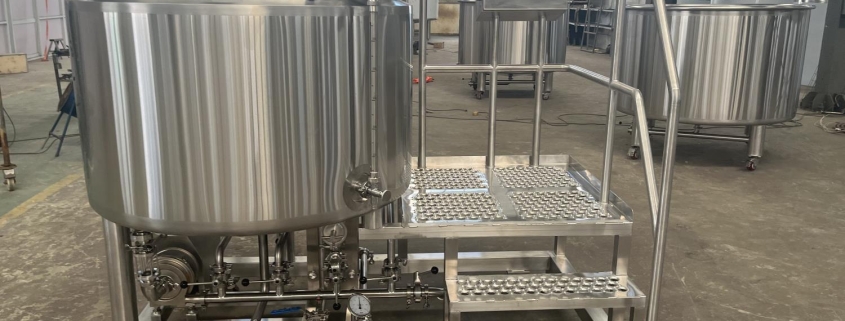How to Choose the Best Kombucha Fermenter
Fermenting your own kombucha is like having a science experiment in your kitchen that you can actually drink! Kombucha fermenters are the heart of this magical process, making the art of brewing at home easier, more efficient, and downright fun. Whether you’re new to brewing or a seasoned pro, this guide will walk you through everything you need to know about kombucha fermenters.
What is a Kombucha Fermenter?
A kombucha fermenter is essentially a vessel designed specifically for brewing kombucha, a tangy, fizzy tea that’s beloved for its potential health benefits and refreshing taste. Think of it as your brewing partner—it provides the right environment for the SCOBY (Symbiotic Culture of Bacteria and Yeast) to thrive, ferment, and transform sweet tea into kombucha.
Unlike a random jar you might pull from your cupboard, a proper kombucha fermenter is optimized for factors like temperature control, oxygen flow, and convenience, ensuring a consistent and delicious brew every time.
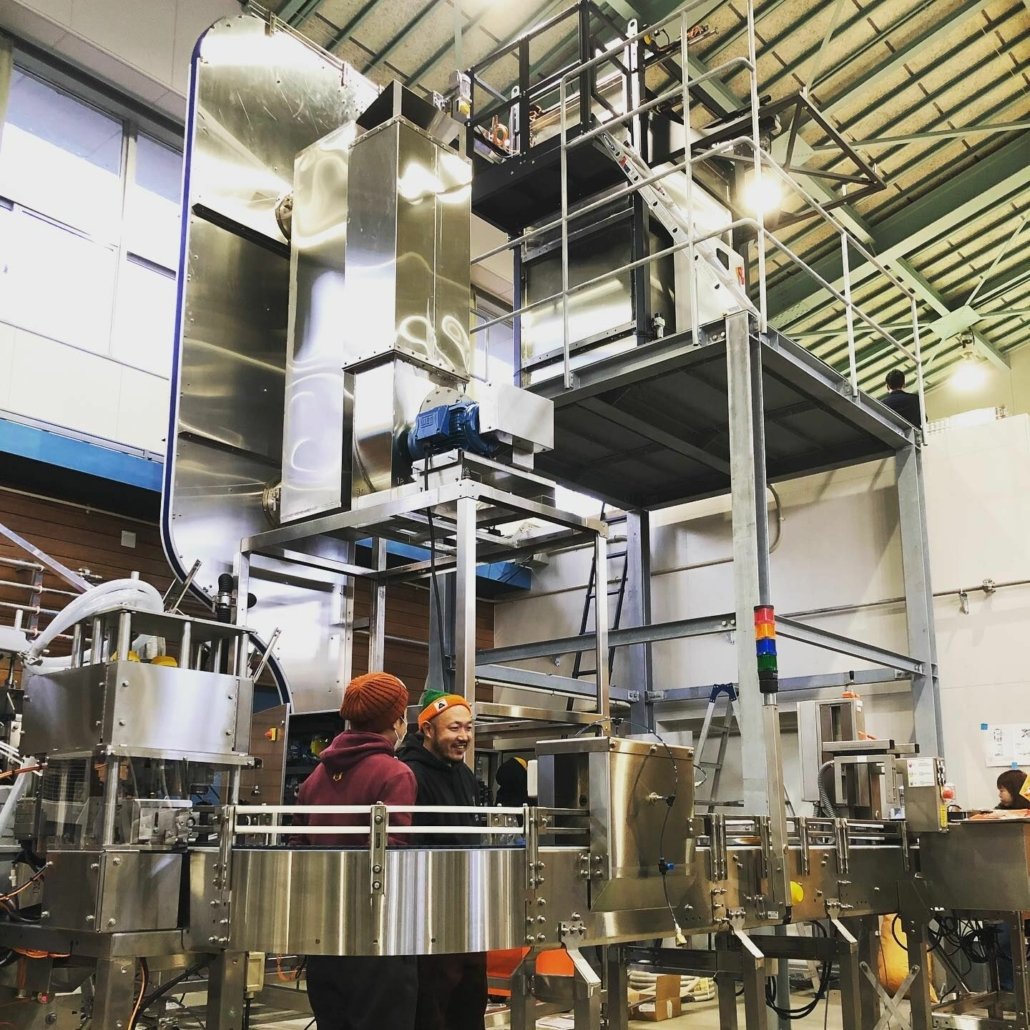
The Basic Principles of Kombucha Fermenters
Understanding how kombucha fermenters work will elevate your brewing game. Here are the essentials:
- Fermentation Environment: A fermenter provides a clean, stable home for the SCOBY. The design ensures that oxygen reaches the culture while keeping contaminants like dust or bugs out.
- Temperature Control: Kombucha fermentation thrives between 68°F to 78°F (20°C to 26°C). Some advanced fermenters include built-in heaters or insulation to maintain this range.
- Ease of Use: Many fermenters come with spigots, allowing you to sample your brew or bottle it without disturbing the SCOBY.
- Material Matters: Most fermenters are made of glass, stainless steel, or food-safe ceramic—each material impacts taste, durability, and maintenance differently.
Different Types of Kombucha Fermenters
Kombucha fermenters come in various shapes, sizes, and materials, each catering to different needs and preferences.
1. Glass Fermenters
- Pros: Transparent, easy to monitor the fermentation process, and non-reactive.
- Cons: Fragile and can break if mishandled.
- Best For: Beginners who want to keep an eye on their brew.
2. Ceramic Fermenters
- Pros: Retains consistent temperature and has a stylish, artisanal appearance.
- Cons: Heavier and may require careful cleaning to prevent residue build-up.
- Best For: Aesthetic enthusiasts and experienced brewers.
3. Stainless Steel Fermenters
- Pros: Durable, easy to clean, and resistant to stains and odors.
- Cons: Opaque, so you can’t see the fermentation process.
- Best For: Commercial setups or serious home brewers.
4. Plastic Fermenters
- Pros: Lightweight, affordable, and resistant to breaking.
- Cons: May leach chemicals if not made from food-safe, BPA-free materials.
- Best For: Budget-conscious beginners.
Choosing the Right Size of Kombucha Fermenter for Your Needs
Here’s a handy guide to selecting the perfect fermenter size based on your family’s consumption:
| Household Size | Suggested Fermenter Volume | Why It’s Ideal |
|---|---|---|
| 1-2 people | 1-2 gallons (4-8 liters) | Small batches, less waste, quicker brewing. |
| 3-4 people | 2-5 gallons (8-19 liters) | Moderate brewing frequency, enough for regular consumption. |
| 5+ people | 5+ gallons (19+ liters) | Large quantities for families or sharing. |
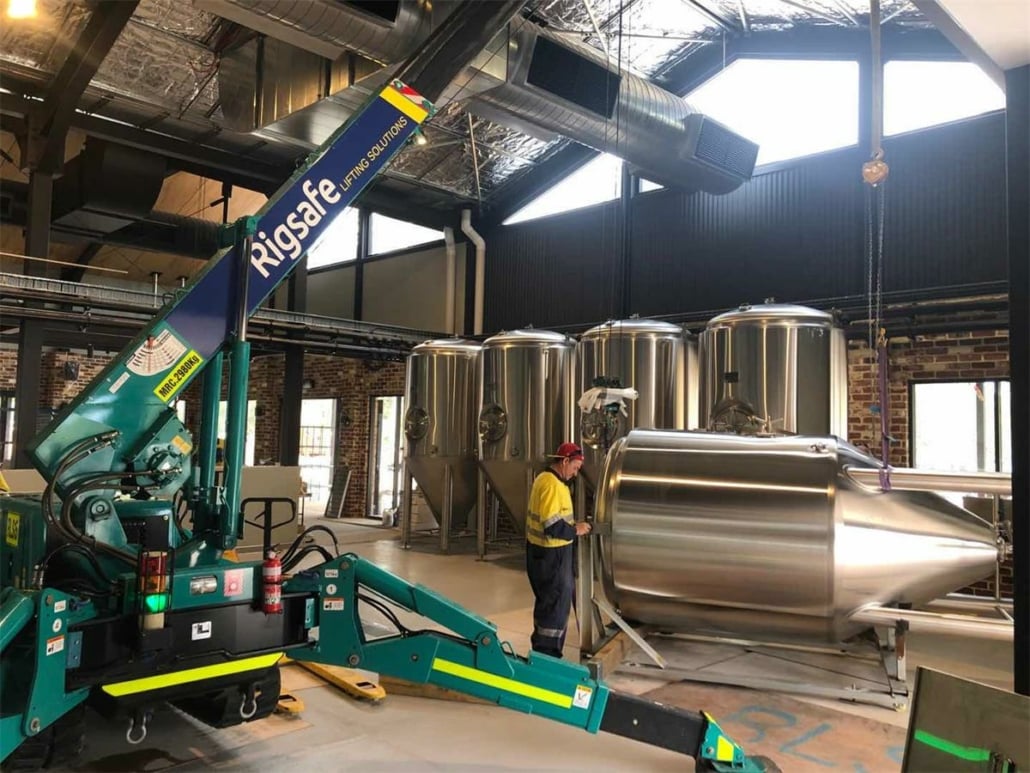
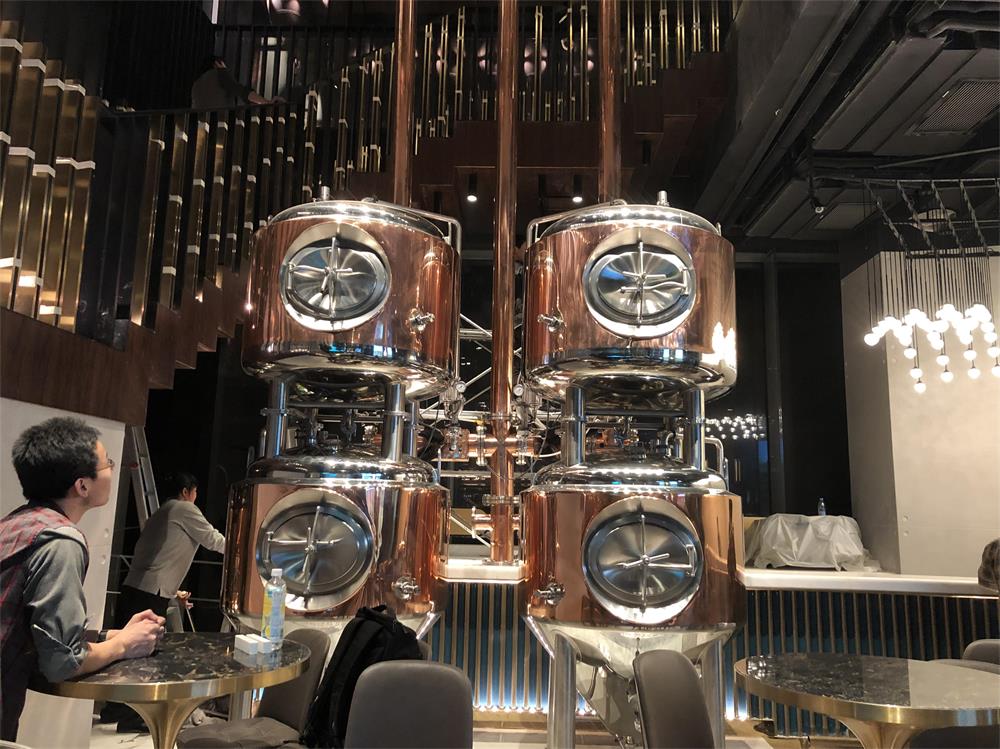
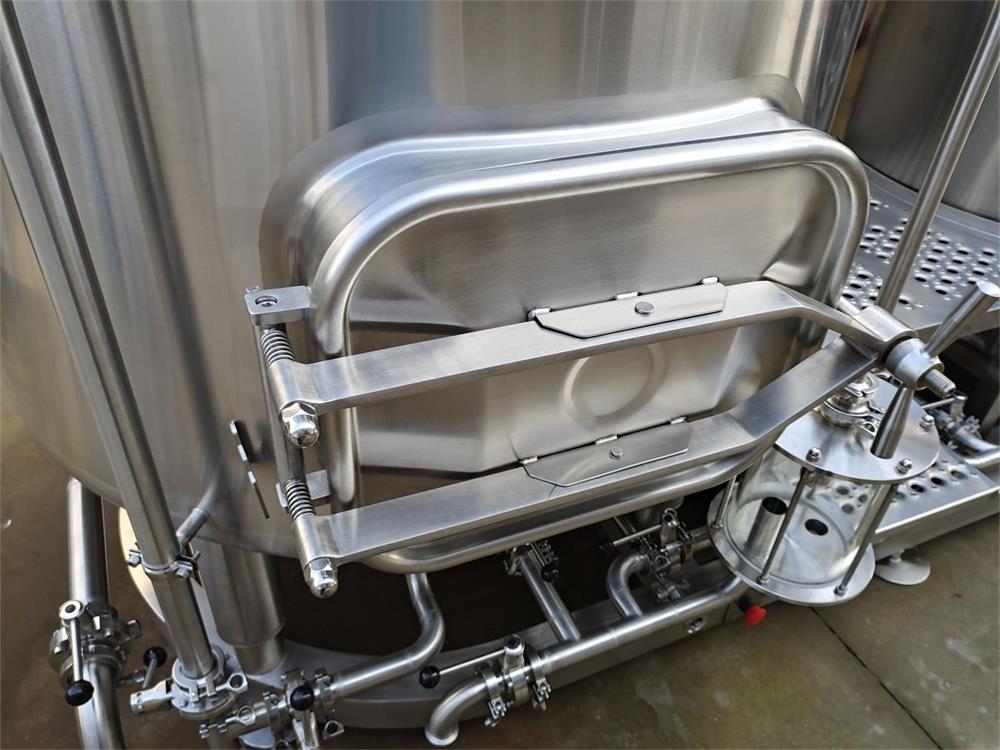
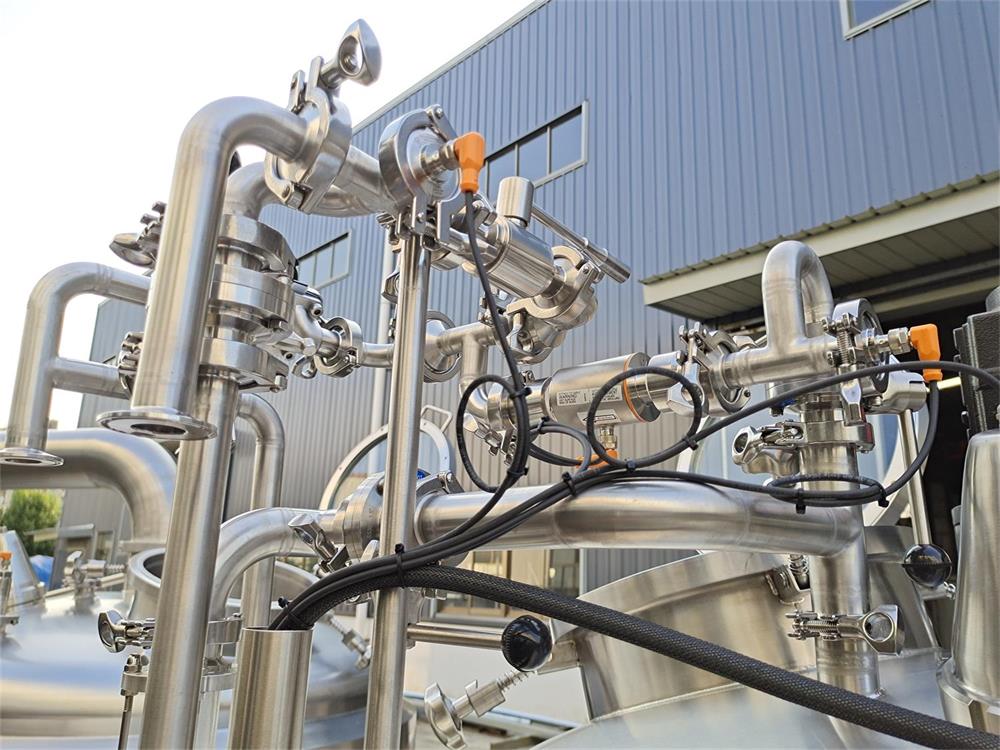
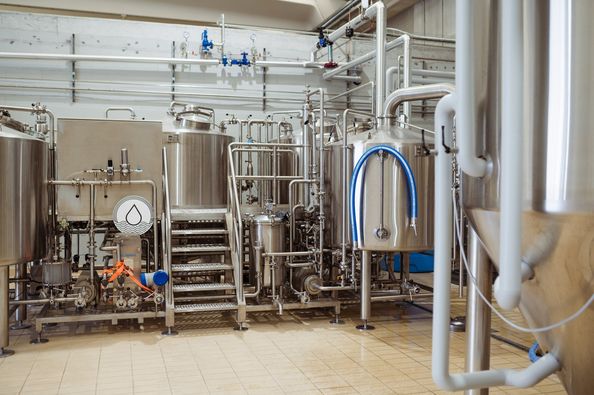
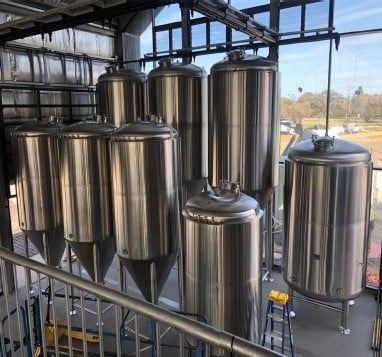
Purchase Guide for Kombucha Fermenters
When buying a kombucha fermenter, keep the following in mind:
- Material Quality: Choose food-safe materials like glass, stainless steel, or lead-free ceramic.
- Size: Pick a size that matches your brewing habits and household needs.
- Design Features: Look for spigots, lids with breathable covers, and easy-to-clean surfaces.
- Price Range: Basic models start at $20-$30, while advanced fermenters with features like temperature control can cost $100 or more.
- Brand Reputation: Check reviews and opt for reputable brands like Bucha Brewers or Kombucha Kamp.
How to Use a Kombucha Fermenter Correctly
Using a fermenter is straightforward, but a little attention to detail can make a big difference:
- Prepare the Tea Base: Brew sweet tea with sugar and let it cool.
- Add the SCOBY: Place your SCOBY and some starter kombucha into the fermenter.
- Cover Securely: Use a breathable cover (like a cloth) to allow airflow but keep contaminants out.
- Monitor Fermentation: Keep the fermenter in a warm, dark place and check on it regularly.
- Taste Test: After 7-14 days, sample the brew using the spigot or a sanitized spoon.
- Bottle the Kombucha: Once it reaches the desired flavor, transfer it to bottles for a second fermentation if desired.
Recommended Kombucha Fermenters on the Market
Here are a few top-rated options:
- Bucha Brewers Pro Fermenter: Stainless steel, built-in spigot, and 5-gallon capacity.
- Kombucha Kamp Glass Jar Kit: Ideal for beginners with a 1-gallon size and starter supplies.
- Artisan Ceramic Fermenter by Brew Master: Beautiful design with a 3-gallon capacity for advanced brewers.
FAQ
| Question | Answer |
|---|---|
| What’s the best material for a fermenter? | Glass or stainless steel for durability and non-reactive properties. |
| Can I use a plastic container? | Yes, if it’s food-safe and BPA-free. |
| How often should I clean my fermenter? | After every batch to prevent residue and contamination. |
| What size is best for beginners? | 1-2 gallons is manageable and less intimidating. |
| Is a spigot necessary? | It’s not essential but very convenient for sampling and bottling. |

